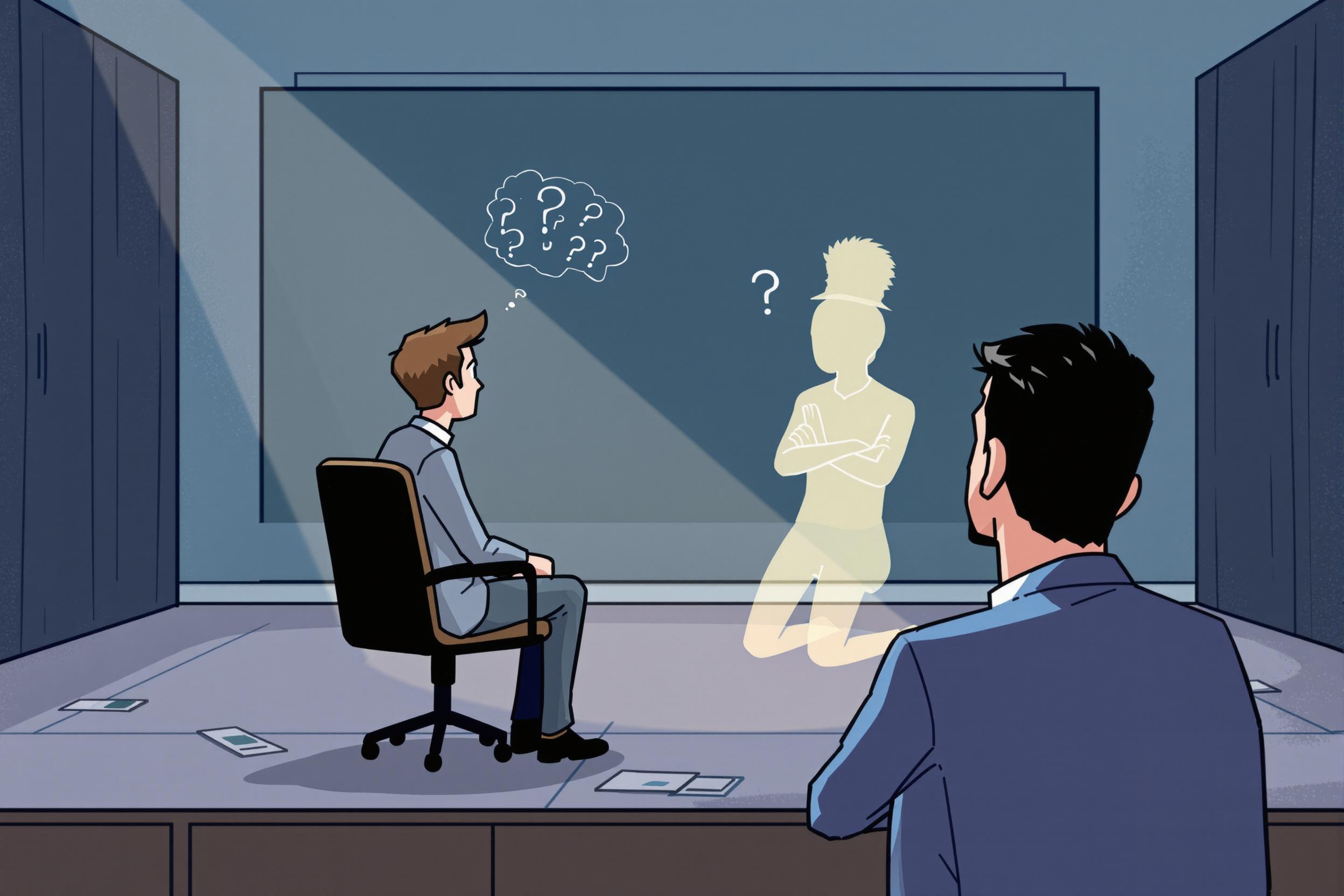
Houdini
Houdini is a professional software used to create special effects, 3D animation, and visual content for movies, games, and TV shows. Think of it as a digital artist's toolbox that's especially good at creating realistic effects like explosions, water, smoke, and complex animations. While other animation software like Maya or Blender work like digital puppet systems, Houdini is special because it lets artists create rules and systems that automatically generate effects, similar to how a recipe helps you make the same dish consistently. This approach, called procedural animation, saves time when making changes and helps maintain quality across big projects.
Examples in Resumes
Created complex particle effects and dynamic simulations using Houdini for feature film projects
Developed automated Houdini tools to streamline the destruction effects pipeline
Led a team of Houdini artists in creating environmental effects for AAA game cinematics
Built custom Houdini Digital Assets for studio-wide use
Typical job title: "Houdini Artists"
Also try searching for:
Where to Find Houdini Artists
Online Communities
Learning Resources
Job Boards
Professional Networks
Example Interview Questions
Senior Level Questions
Q: How would you set up a pipeline for a large-scale destruction sequence?
Expected Answer: A senior artist should explain their approach to managing complex effects, including breaking down the sequence into manageable parts, creating reusable tools, optimizing performance, and ensuring consistency across shots.
Q: Describe a challenging FX problem you solved and how you approached it.
Expected Answer: Should demonstrate problem-solving abilities, technical knowledge, and experience with complex projects, including how they balanced artistic needs with technical constraints.
Mid Level Questions
Q: What's your process for creating realistic fluid simulations?
Expected Answer: Should be able to explain the basic workflow for setting up fluid effects, including initial setup, testing, refinement, and rendering, while considering both visual quality and practical limitations.
Q: How do you approach optimization for heavy simulations?
Expected Answer: Should discuss methods for making effects run faster and use less computer resources, while maintaining visual quality.
Junior Level Questions
Q: Can you explain what a Houdini Digital Asset is?
Expected Answer: Should be able to explain that HDAs are reusable tools that package up effects or processes so they can be shared and reused easily by other artists.
Q: What's the difference between dynamics and particles in Houdini?
Expected Answer: Should demonstrate basic understanding of different simulation types, explaining that dynamics handle physics-based movement while particles create effects like smoke or sparks.
Experience Level Indicators
Junior (0-2 years)
- Basic particle and dynamics systems
- Simple environmental effects
- Understanding of basic node networks
- Basic rendering knowledge
Mid (2-5 years)
- Complex simulation setup and control
- Creation of custom tools
- Pipeline integration knowledge
- Advanced particle and fluid effects
Senior (5+ years)
- Pipeline development and optimization
- Team leadership and mentoring
- Complex technical problem solving
- Production workflow expertise
Red Flags to Watch For
- No demo reel or portfolio showing Houdini work
- Lack of knowledge about basic simulation concepts
- No understanding of production pipelines
- Unable to explain their problem-solving process
Need more hiring wisdom? Check these out...

Ghosted Again? How to Stop Candidates from Disappearing and Start Engaging Them Better

Resume Screening Reinvented: 9 Unconventional Strategies to Discover Top Talent Hidden in Plain Sight

Ghostbusting in Recruitment: How to Keep Candidates Engaged

